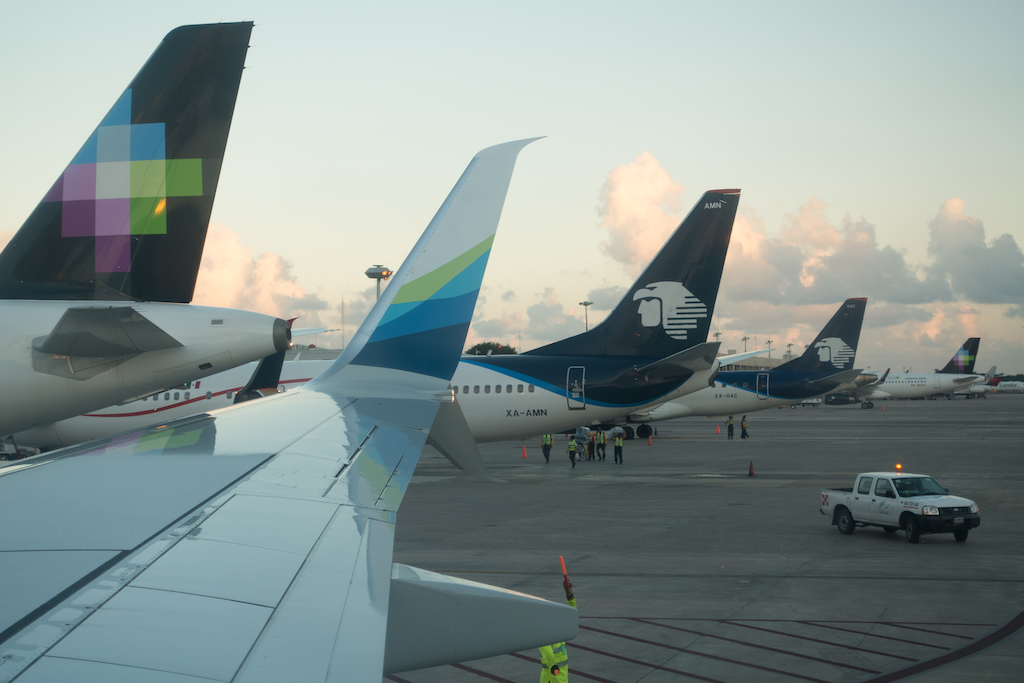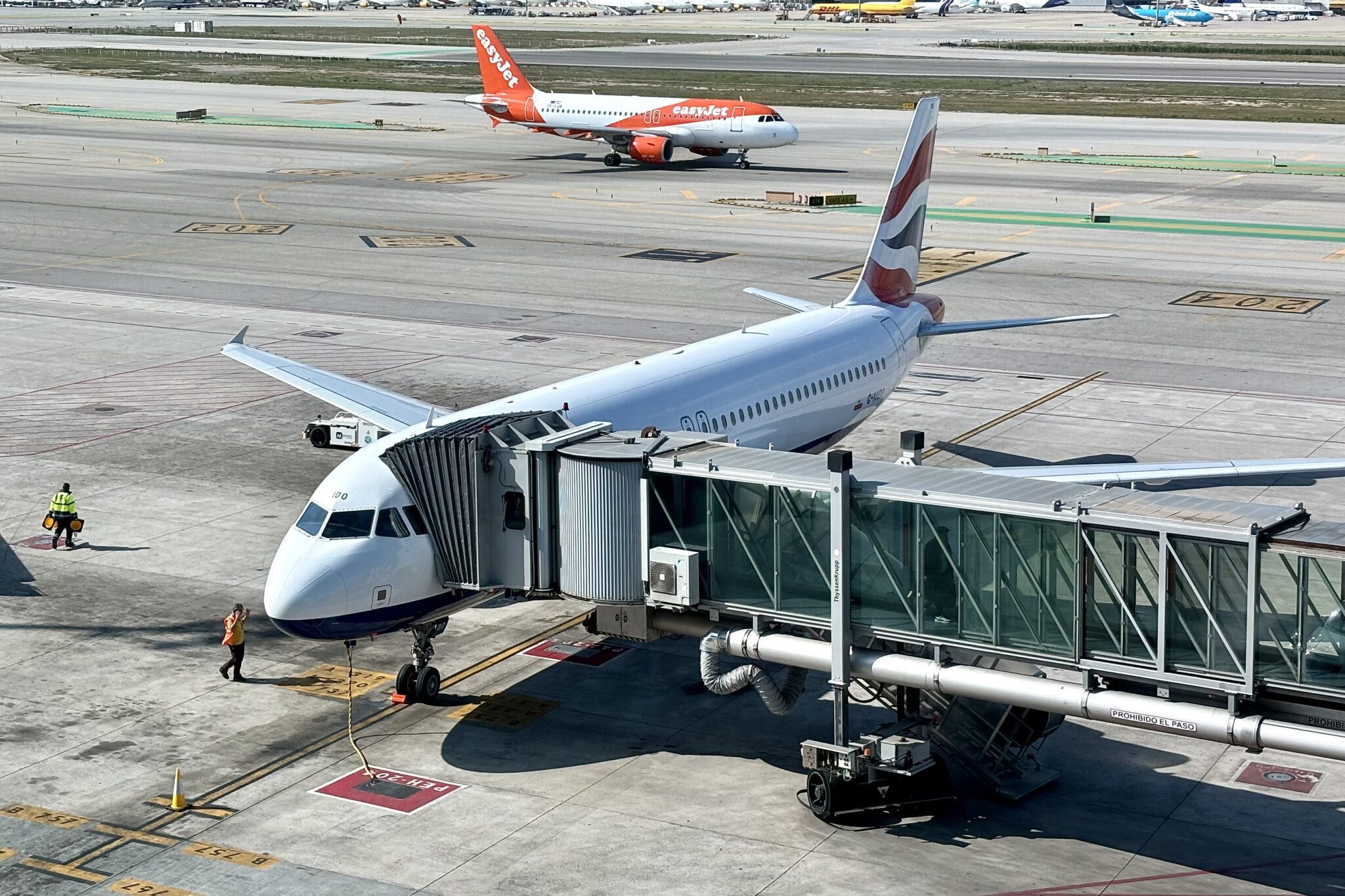The Federal Aviation Administration (FAA) has downgraded Mexico’s safety rating to Category 2, blocking the cross-border expansion plans of Mexican airlines and potentially putting Aeromexico’s restructuring in jeopardy.
Mexican carriers Aeromar, Aeromexico, Viva Aerobus and Volaris flights are affected by the downgrade, which is effective immediately, the FAA said on Tuesday. They, along with Interjet, which suspended flights in December, carried nearly 28 percent of all U.S.-Mexico air traffic during the year ending in November 2020, U.S. Bureau of Transportation Statistics data via Cirium show. They are blocked from adding new flights in the market and their partnerships with U.S. carriers — Aeromexico with Delta Air Lines, and Volaris with Frontier Airlines — are limited.
U.S. airlines are not affected by the downgrade. They can continue to add flights to Mexico as they lean into the leisure-led travel recovery that has buoyed demand to Mexican beaches. Many plan to boost cross-border capacity this summer, including flying widebody jets to places like Cancun, to capture these travelers.
A Category 2 safety rating means that at least one aspect of a country’s air safety measures do not comply with the global standards set by International Civil Aviation Organization (ICAO). A downgrade could result from lax regulation or oversight, lack of technical staff, or poor record keeping. The Agencia Federal de Aviación Civil, or AFAC, oversees civil aviation in Mexico.
Mexico joins a short list of countries with Category 2 safety ratings. One example is Indonesia, the airlines of which have a notoriously poor safety record, that spent almost a decade on the list from 2007 through 2016. Today, there are seven countries with Category 2 ratings, including Malaysia, Pakistan and Thailand, plus the Organization of Eastern Caribbean States.
There is no indication how long the downgrade could last. However, it took Mexico less than six months to regain a Category 1 rating after the FAA last downgraded the country in 2010.
Aeromexico and Volaris are likely to disproportionately feel the affect of the downgrade. They are the largest Mexican carriers in the market, flying more than 29 percent and nearly 22 percent of their system capacity, respectively, to the U.S. in May, according to Cirium schedules. Viva Aerobus flew almost 20 percent of its capacity to the U.S.
Mexico City-based Aeromexico has a joint venture with Delta, a close partnership model has never been tested by a FAA safety downgrade before. Under FAA guidelines, a U.S. carrier cannot codeshare with an airline from a Category 2 country. Delta must remove its code from nearly 300 daily Aeromexico flights, though Aeromexico can leave its code on roughly 1,200 daily Delta flights, based on Cirium schedules.
“This is not about Aeromexico, this is about the Mexican version of the FAA,” said Glen Hauenstein, president of Delta, at a Wolfe Research conference on Tuesday. “We have no issues with the safety of Aeromexico itself.”
Aeromexico is restructuring under U.S. Chapter 11 bankruptcy protection, and leveraging its partnership with Delta remains a large part of its business plan. A rollback in that partnership could potentially delay Aeromexico’s emergence from bankruptcy, which was expected later this year.
The downgrade throws a wrench into Volaris’ growth plans. In April, the carrier signed for eight incremental Airbus A320neos this year with executive vice president Holger Blankstein saying much of that growth would be focused on expansion in Mexico and to the U.S. Volaris plans to fly 110% of 2019 capacity levels in the second quarter. However, the airline could continue to expand to the U.S. from its Costa Rican and planned El Salvadoran subsidiaries; Volaris El Salvador is due to launch in the second half of the year. It has also applied for Colombian route authority, which could serve Volaris well if it needs somewhere else to fly planes previously penciled for U.S. routes.
“Volaris has other opportunities to grow from Mexico, including the Caribbean, other markets in Latin America and northern South America,” Cowen & Co. Analyst Helane Becker said in a report on the downgrade Monday. She added that it took Costa Rica roughly 21 months to return to Category 1 safety status from Category 2 after it was downgraded in May 2019.





